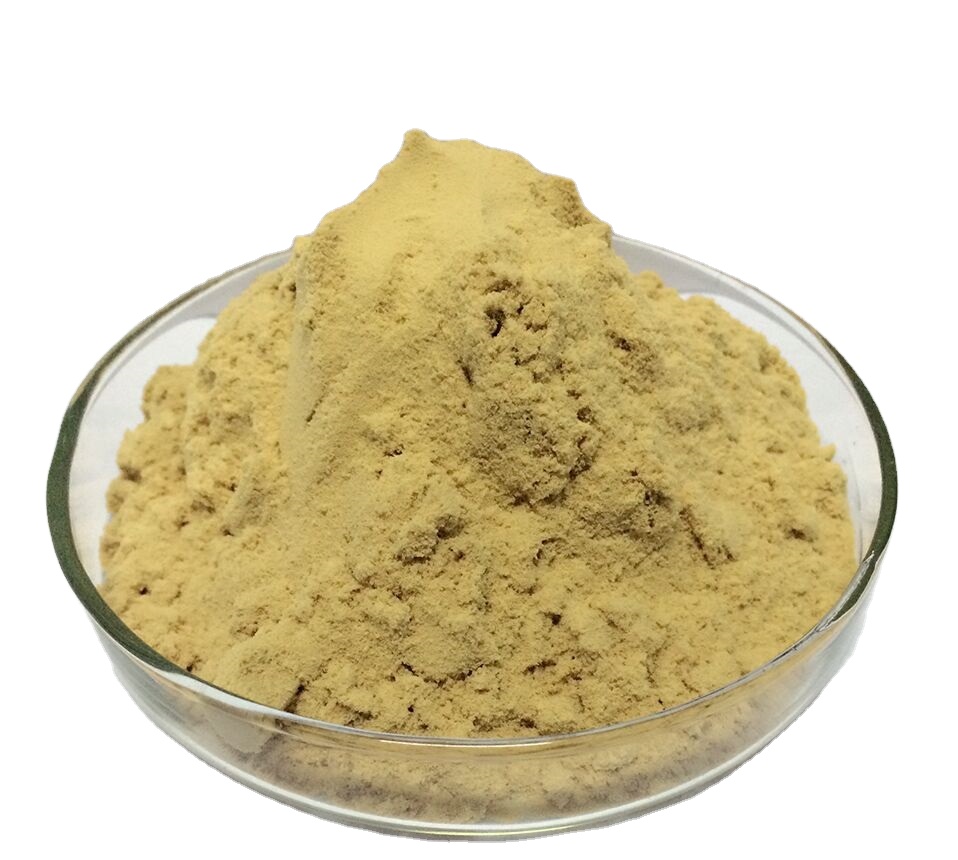
Alpha (α) – Amylase
| Description | Values |
| Product | Alpha Amylase (High Temperature) |
| Type | Enzyme Preparations |
| Brand | Aczymes |
| Colour | Off – White Powder, Yellowish |
| Enzyme Activity | 20000 u/g – 40000 u/g |
| Temperature | 90℃-110℃, Optimum 95℃-97℃ |
| Vigor | ≥ 50 U/mg |
| Country of Origin | India |
| Shelf life | 12 Months |
Product Details:
Introduction
High-temperature α-amylase is produced by submerged fermentation of Bacillus subtilis followed by purification and formulation. The product is thermostable α-amylase, bringing the benefit of easy inactivation.
The enzyme is widely used in starch related industry where degradation of starch is necessary, such as starch sugar processing (Glucose, Maltose, Dextrin, Fructose, Oligosaccharide), alcohol fermentation, brewing, monosodium glutamate fermentation, organic acid production, textile, paper making and others.
Characteristic
|
Declared Activity
|
30000 u/g
|
|
Production Organism
|
Bacillus subtilis
|
|
Physical Form
|
Powder
|
|
Color
|
yellowish Color can vary from batch to batch. Color intensity is not an indication of enzyme activity
|
|
Odour
|
Normal microbial fermentation odour.
|
Alcohol and ethanol industry: The recommended dosage is 0.6-1.2 L per ton of total raw materials.
Brewing industry: The recommended dosage is 0.4-0.8 L of the enzyme preparation per ton of total raw materials, added at mashing-in.
Starch sugar industry: The recommended dosage is 0.5-1.0 L per ton of dry starch.
Other industries: Can also be used in the processing of rice wine, vinegar, antibiotics and citric acid industry, etc. to increase yield and reduce fermentation time.
Reminding:The dosage has to be optimized based on each application, the raw material specifications, product expectation and processing parameters. It is better to begin the test with the convenient volume.
* Storage: Keep sealed in a dry and cool place and avoid direct sunlight.
* Shelf life: 12 months in a dry and cool place.
Enzyme preparations are proteins, which may induce sensitization and cause allergic type reactions in sensitized individuals. Prolonged contact may cause minor irritation for skin, eyes or nasal mucousa, so any direct contiguity with human body should be avoided. If irritation or allergic response for skin or eyes develops, consult a doctor.
